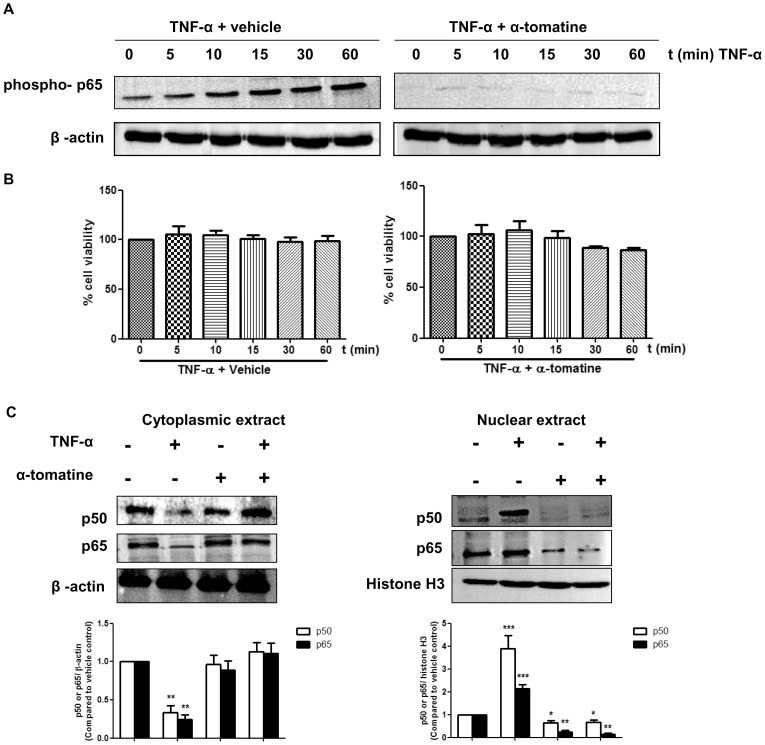Figure 1. Effect of α-tomatine on TNF-α-induced phosphorylation of p65 and nuclear translocation of NF-κB p50/p65.
(A) PC-3 cells at 70–80% confluency were treated with either 0.1% DMSO (vehicle) or 2 µM α-tomatine in DMSO for 30 minutes, followed by treatment with 10 ng/ml TNF-α for the indicated times. Cytoplasmic extracts were analyzed by Western blot analysis using an antibody against the phosphorylated form of p65. (B) Cell viability was assessed by counting cells that excluded trypan blue using a hemocytometer. (C) Effect of α-tomatine on nuclear and cytoplasmic levels of NF-κB p50 and p65 in human prostate cancer PC-3 cells. Nuclear and cytoplasmic fractions extracted from PC-3 cells treated either 0.1% DMSO or 2 µM α-tomatine in DMSO for 30 minutes, followed by treatment with 10 ng/ml TNF-α for the 30 minutes were analyzed by Western blot analysis with antibodies against NF-κB p50 and p65 proteins. β-actin and histone H3 proteins were loading control for cytoplasmic and nuclear extracts, respectively. Graphical representation of densitometry analysis of NF-κB p50 and p65 Western blot analyses from three independent experiments are shown below each panel. The ratio of the signal intensity of each protein to loading control was normalized to the vehicle control. * P<0.05, ** P<0.01, *** P<0.001 vs vehicle control.

